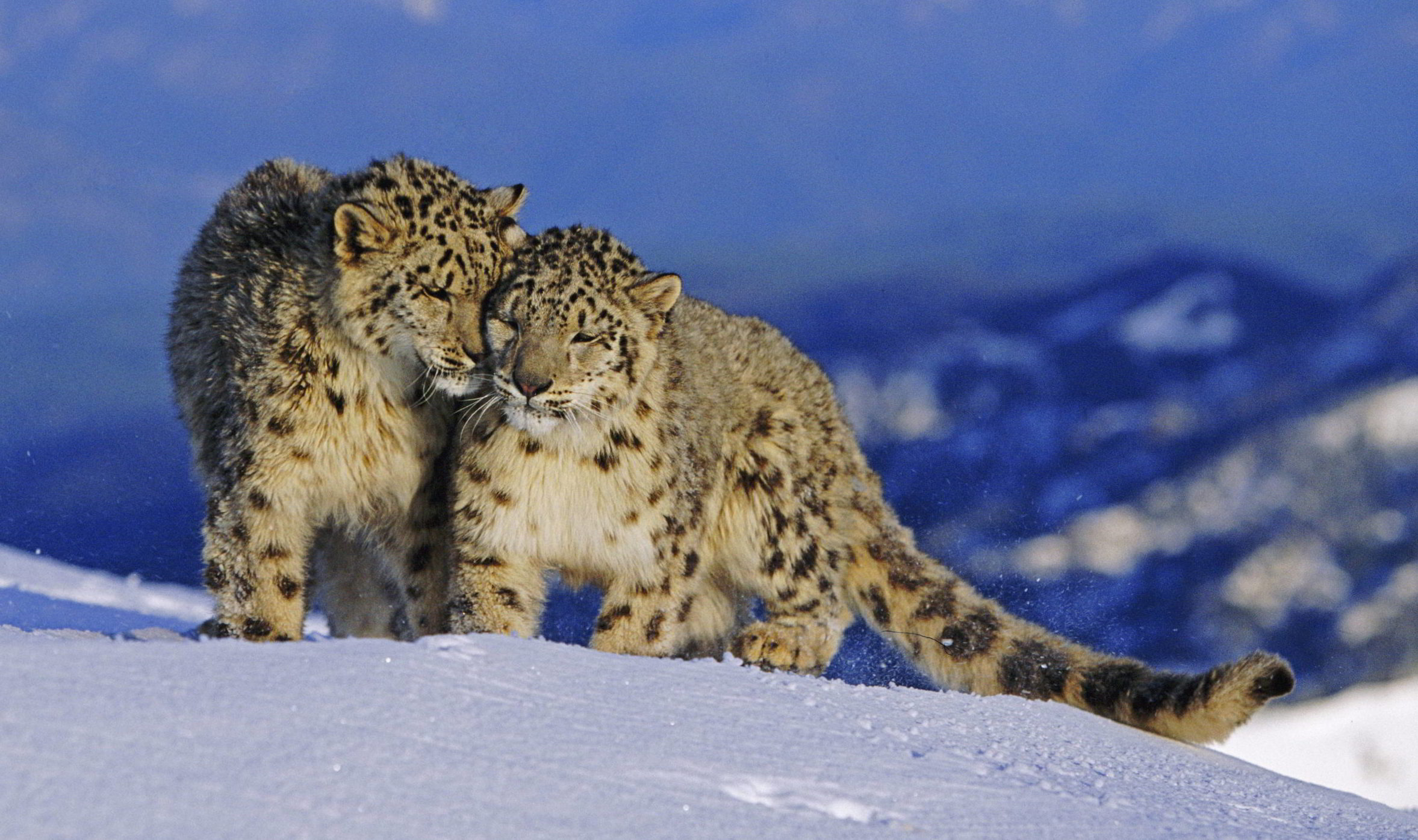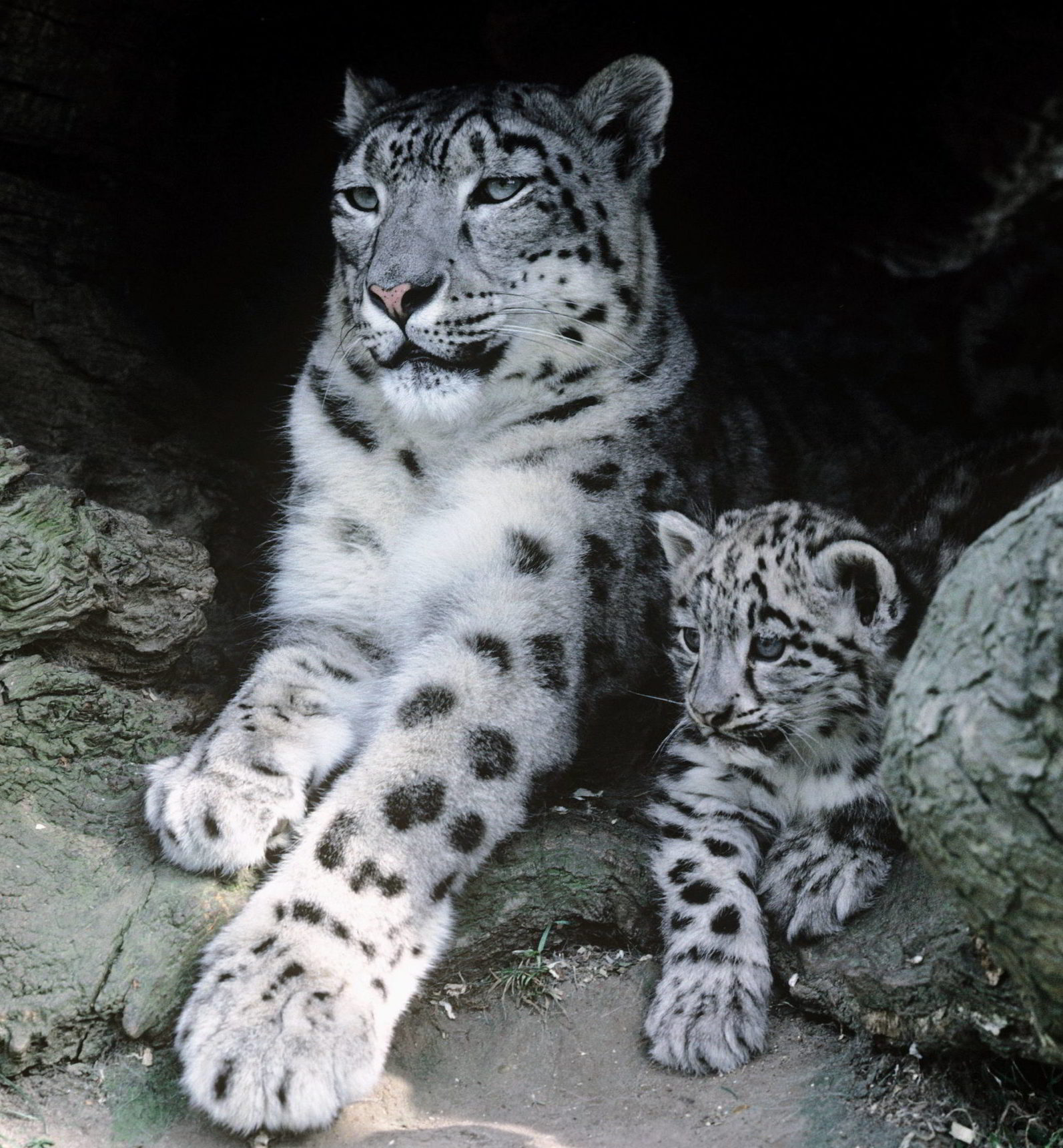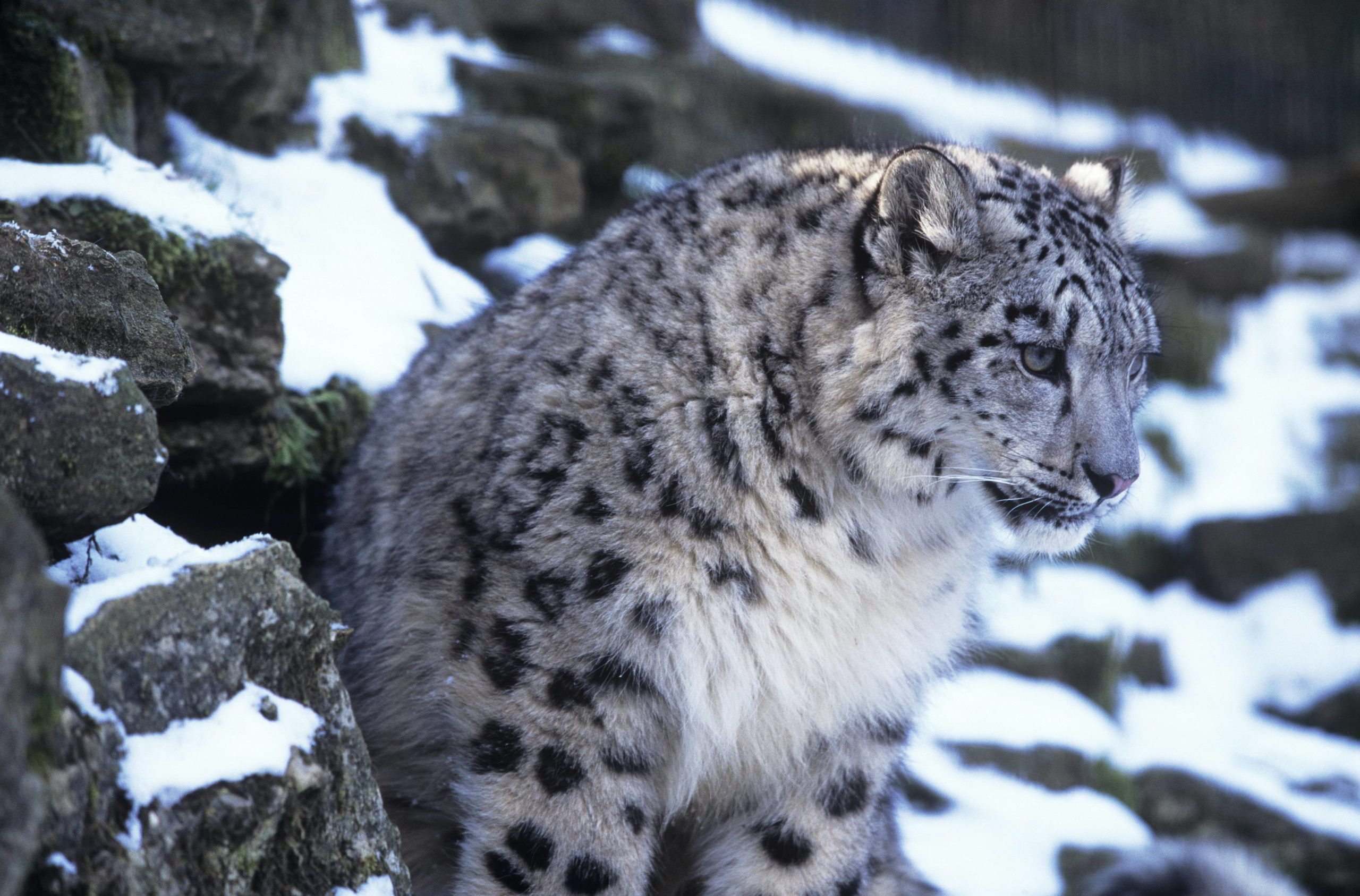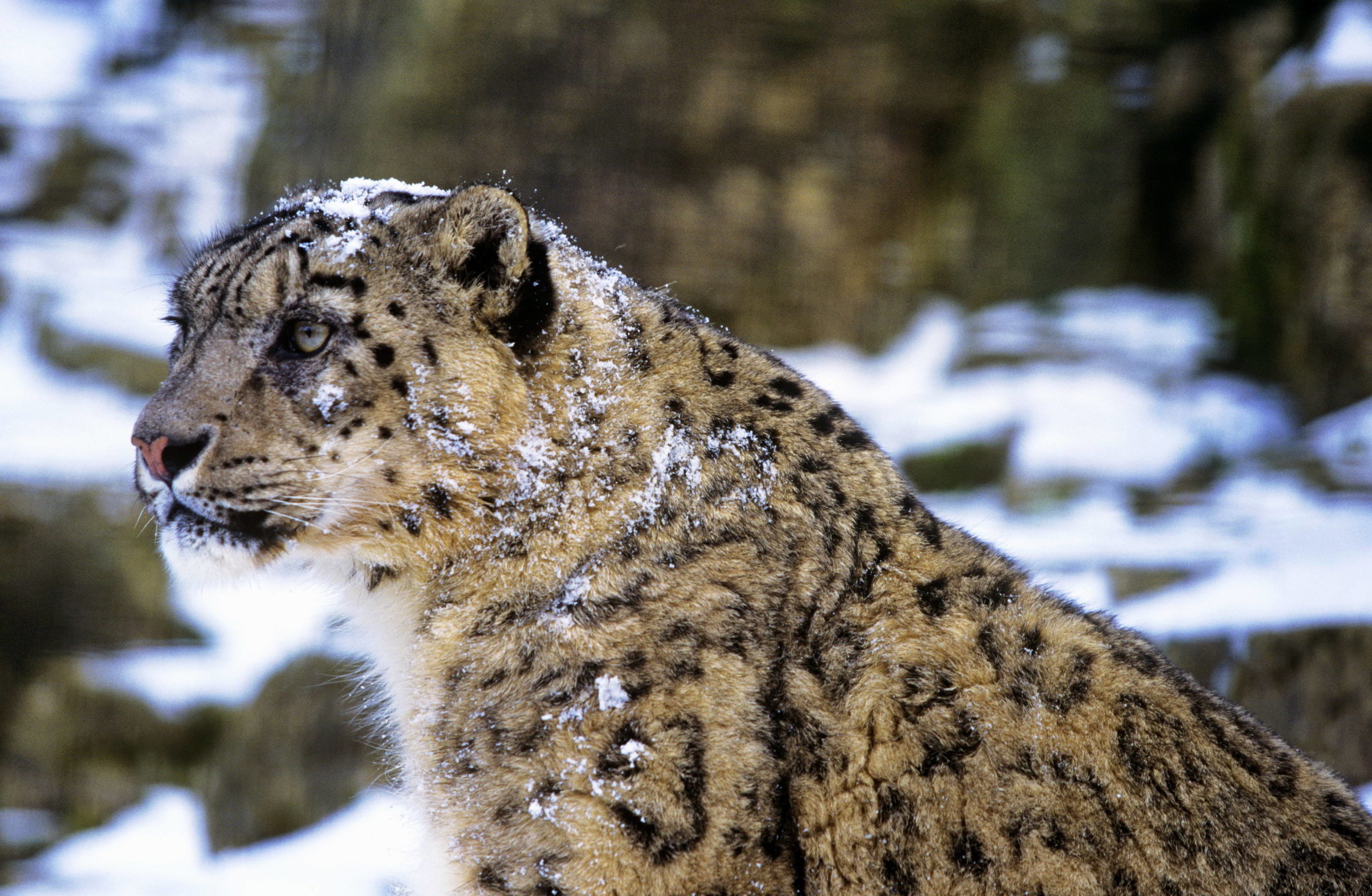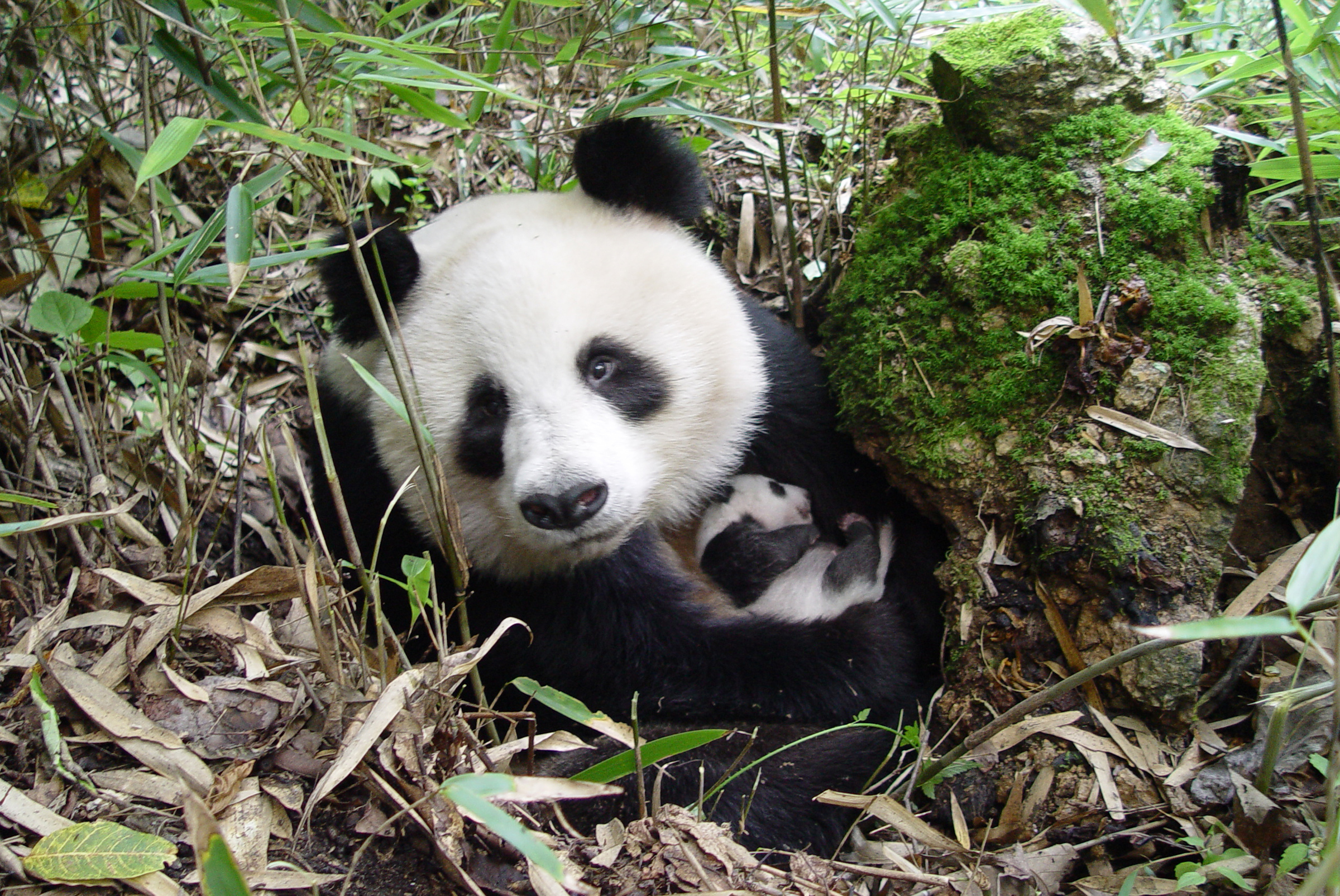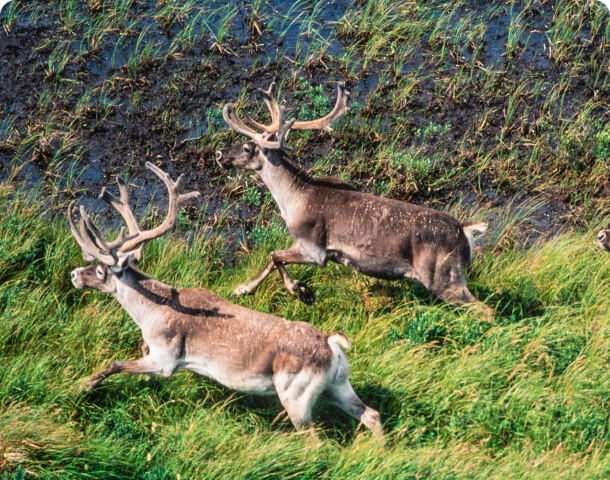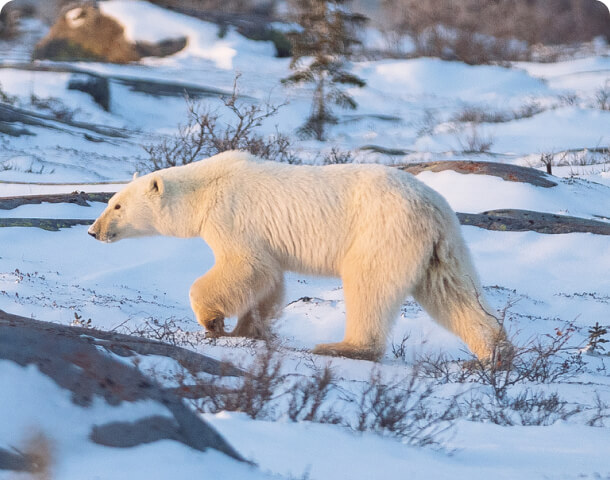The charismatic snow leopard was once the monarch of the mountains, but today they are facing multiple threats to their survival.
Hunting
Humans are their sole predator. Wildlife trade monitoring network TRAFFIC and WWF report that an average of one snow leopard is killed each day. They’re hunted for their bones to be used in traditional medicine and for their fur to be worn as a status symbol. They may be killed by local farmers in retaliation for attacks on livestock.
Habitat Loss
Until recently, much of the snow leopard’s habitat was inaccessible and thus protected from development pressures. However, due to the construction of new roads, growing human populations, increased mining operations and the opening of major infrastructure pathways through these habitats, this is starting to change quickly.
Climate Change
It is estimated that snow leopards will lose more than a third of their territory as the climate gets warmer and wetter. As the Earth warms, tree lines are moving upwards, encroaching on snow leopards’ preferred habitats.

